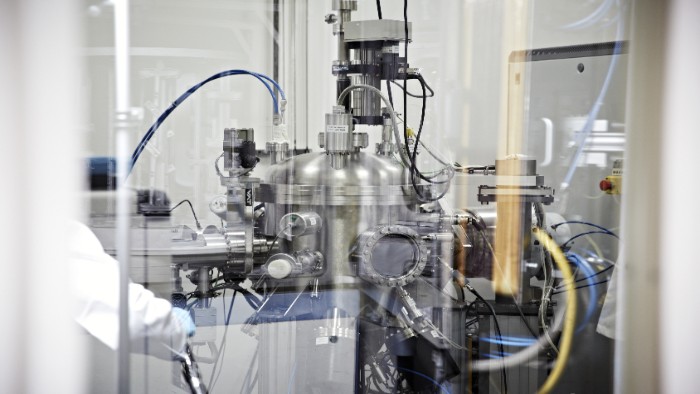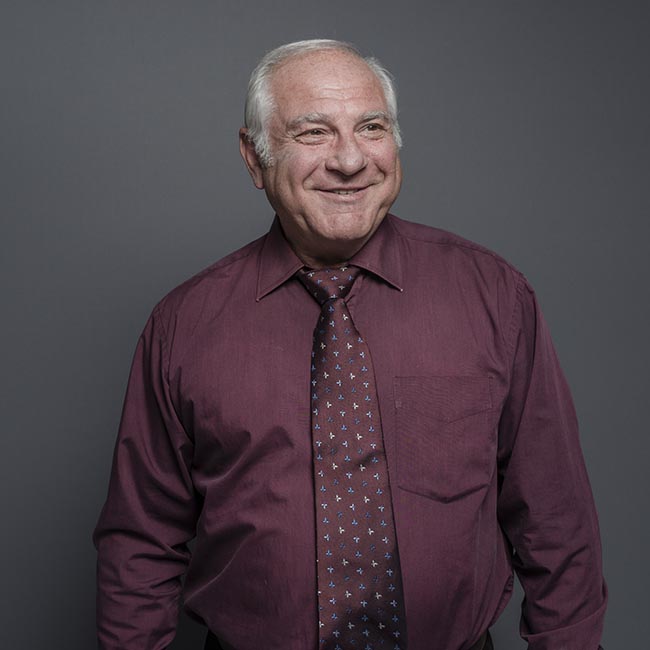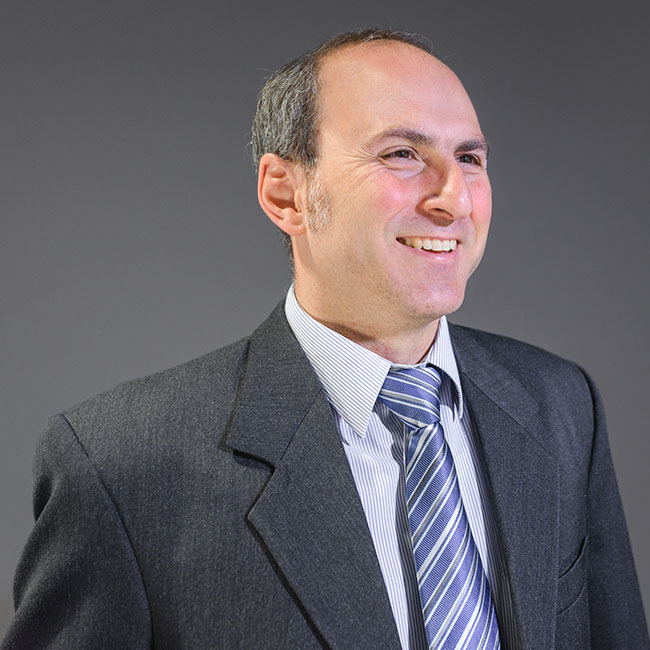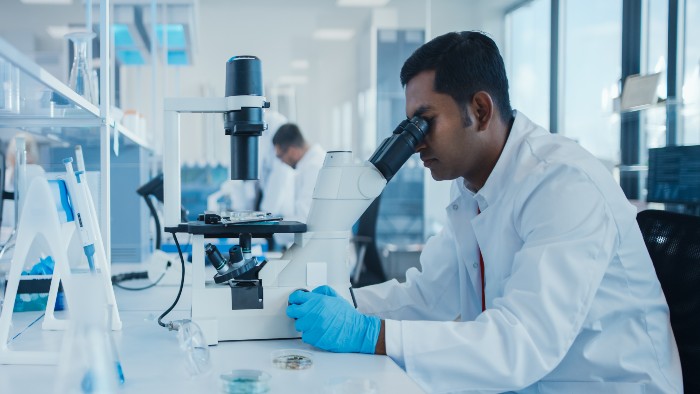The practical applications
To make the technology accessible to everyone we had to make it commercially usable. We worked together with Trumpf Hüttinger in Poland to design and introduce to market the first production-grade HIPIMS plasma generator in the world.
The HIPIMS technique is now used in a huge range of specialist industries, creating better jet engines, satellites, car engines, power stations, biomedical implants, microelectronics and antimicrobial coatings.
One of the most successful applications has been in orthopaedic implants such as hip and knee replacements.
As people are living longer, and many are having hip replacements at a younger age, our goal was to increase the lifespan of a typical implant so that it would outlive the patient receiving it — saving them having to have surgery again. We also wanted to stop the implants leaking metal ions into people’s bodies.
Our new coatings are ceramic and create a tough membrane around the hip or knee implant, stopping any leakage and increasing the lifespan of the product. This particular HIPIMS technology has been licensed to Zimmer Biomet — one of the world’s largest medical device companies — and transferred to coating supplier Ionbond UK, thus creating the largest facility in the country providing HIPIMS coatings on a commercial basis.
We have also worked with CERN, home of the Large Hadron Collider — the world's largest and highest-energy particle collider. Our niobium coatings act as superconductors, so scientists can pass high currents through them and create stronger electromagnetic fields.
Using our HIPIMS technique, we have improved the acceleration potential for the particle accelerator, helping the world’s most advanced physics research — and adding to our understanding of the universe.
A world leader
The HIPIMS technique we developed and upscaled here in our Sheffield Hallam laboratory is now widely used around the world. And we are still the leading experts as we move to the next stage and digitalise it.
As a result of the papers we have published, many companies have asked to work with us to help them implement HIPIMS into their own processes. Over the years this has led to hundreds of millions of pounds worth of sales — and many jobs being created.
In 2014 we launched the National HIPIMS Technology Centre, with help from companies around the world including Rolls-Royce and Zimmer Biomet. The centre allows us to deliver even more projects for companies, which in turn funds further research here.
We also run, jointly with Fraunhofer IST, the world’s only international conference dedicated to HIPIMS. Every year, 150 academics and engineers from all over the world come to Sheffield to learn about the latest advances, and to network with each other.
It’s the birthplace of many research and industrial projects, plans for new machines and new applications — it all goes on here.
The conference is co-organised and strongly supported by the Society of Vacuum Coaters (USA), the Surface Engineering Association, the Sir Henry Royce Institute, the High Value Manufacturing Catapult, and sponsored by a number of industrial companies such as Hauzer TechnoCoating, Ionbond, Trumpf Hüttinger and CemeCon.
We have also received many titles and honours as a result of our work. Both of us have been made fellows of the UK Institute of Physics and given the prestigious Mentor award of the Society of Vacuum Coaters, and Professor Ehiasarian is also a fellow of the American Vacuum Society, and winner of the 2018 Plasma Innovation Award of the European Physics Society.
He also received a clear message of appreciation from the industry through a number of industrial accolades from companies such as Ionbond UK, Trumpf Huettinger, Poland, and Oike, Japan.
It’s humbling to receive these honours, which reflect the hard work of everyone at the centre.
But despite our global success, what gets us out of bed in the morning is still the basics of science — solving nature’s puzzles. In the end, we can use that to help society, and do something useful for us all.








